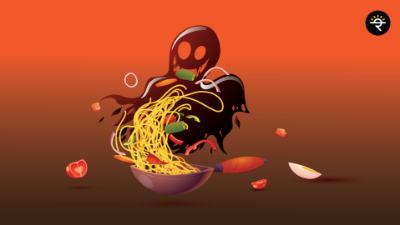Do you remember the days when the 10 Rs. Maggi used to cater the evening snack of 2 people, and now it is hardly enough for one person…. or do you remember the size of 10 Rs. Parle-G biscuit packet some years back, wasn’t that plentiful! Now indeed it has reduced. This phenomenon that we have experienced is called “Shrinkflation”.
What is Shrinkflation?
Shrinkflation is a form of hidden Inflation, wherein producers now sell the product at same price but with reduced quantity. This term shrinkflation was first coined by British economist Pippa Malmgren in 2009.
What causes Shrinkflation:
Increased Production cost combined with intense competition:
Rising production costs are generally the primary cause of shrinkflation. Increase in the cost of raw materials, energy commodities and labour cost increases the production costs and subsequently they can diminish producer’s profit margins. Thus, in order to maintain the profit level, the producer has to either increase the price of product or offer reduced quantity at same price.
However, due to intense market competition on price level, there is threat to the producer of losing out on consumers if the prices are increased. For the sake of example let us say, both Cola & Pepsi are selling one bottle at Rs. 30 and you frequently buy Cola, but one day Cola increases price from 30 to 35, then wouldn’t your mind incline towards Pepsi?
Various studies have also found that the consumers are far less sensitive to quantity reductions than they are to price increases. Thus, many producers resort to “shrinkflation” than increasing the price of the product.
Indian Scenario:
In India, major industry players in the FMCG domain like Dabur, Hindustan Unilever, Nestle, Britannia, Coca Cola, Pepsi Co, P&G etc. have opted for Shrinkflation strategy. From snacks, chocolates, to bar soap, everything is undergoing ‘Shrinkflation.’
As per ET, Dabur has also reduced the quantity of certain products, to protect 5 and 10 rupee ‘sacred price points’, said Chief Executive Officer Mohit Malhotra.
Also, currently the 10 Rs. Vim bar soap weighs 135 grams as compared to 155 grams about three months ago, a Delhi-based distributor said. At the same price point, a pack of aloo bhujia, a popular crunchy and salty snack, made by Haldiram’s fell to 42 grams from 55 grams, as per ET.
Conclusion:
By adopting this strategy, even though seemingly there is no increased pinch to the pocket of consumers, the price per unit of weight or volume which the consumer pays for, increases.


